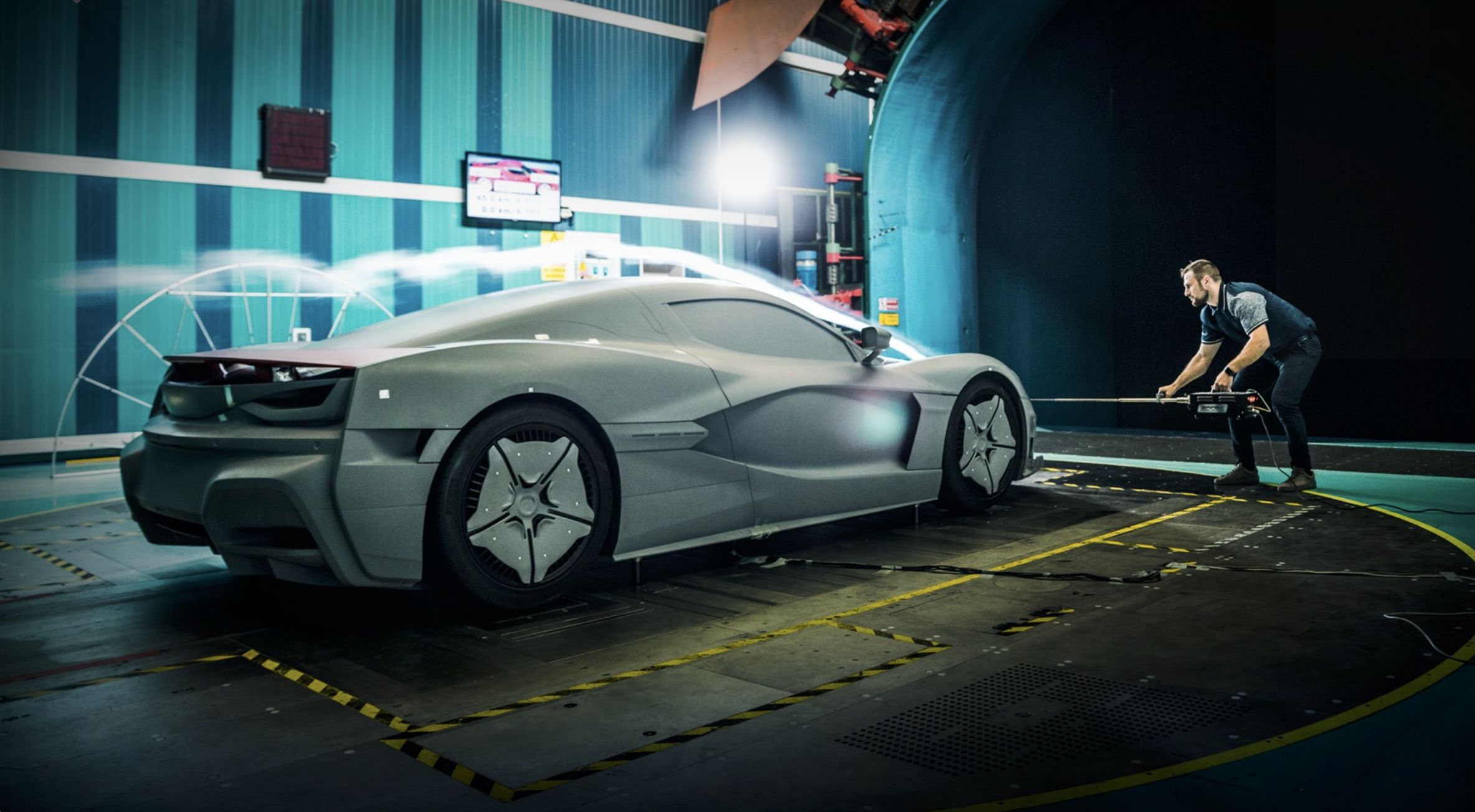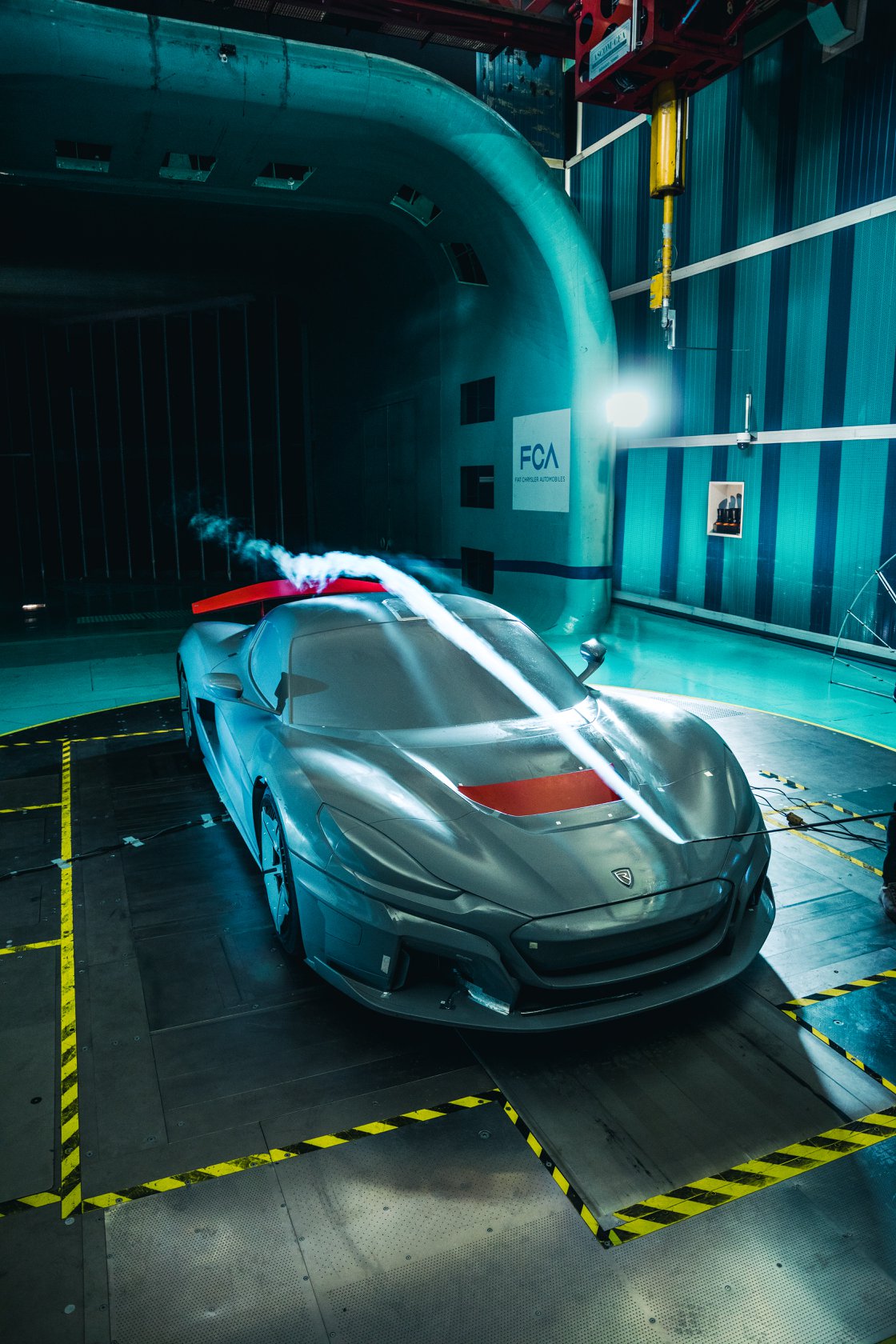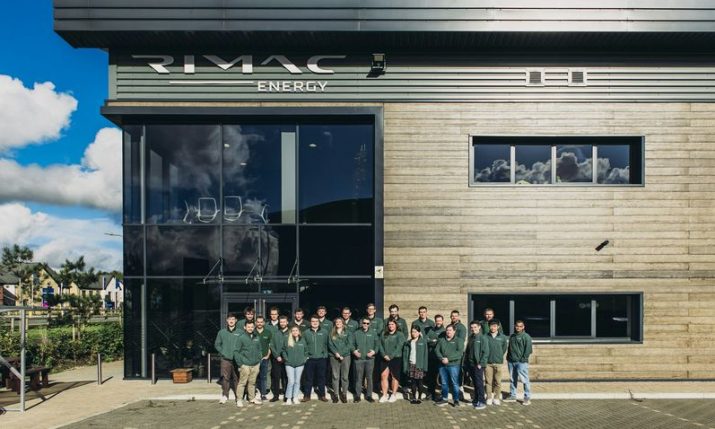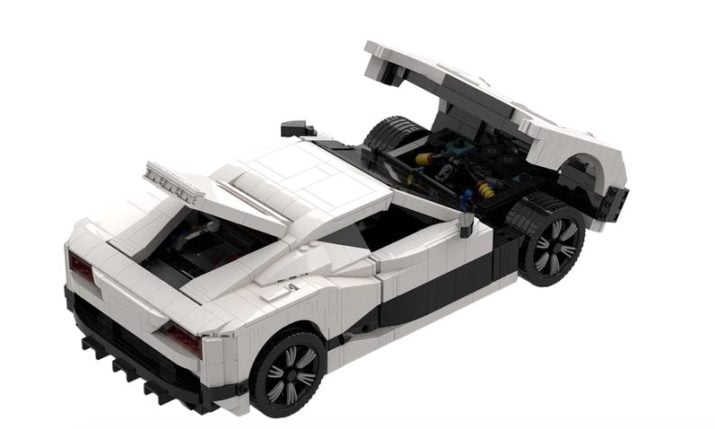VIDEO: Rimac shows off impressive aerodynamic testing
- by croatiaweek
- in Business

(Photo credit: Rimac Automobili)
Zagreb, 27 November – In March 2018, Rimac Automobili introduced the next generation of performance, the Rimac C_Two. In creating an extremely powerful and technologically advanced hypercar, satisfying all the performance and homologation requirements for the global market is a big challenge the company is tackling with different methods, tools and processes.
The Rimac C_Two has been in development for over two years. The biggest challenge was to start from scratch, as nothing has been carried-over from the Concept_One, other than the idea of creating the most powerful all-electric hypercar.
The internal aerodynamics team at Rimac started the development based on early design concepts, developing from a closed body in 2D, moving to the 3D analysis, using CFD (Computational Fluid Dynamic) simulations and refining the status constantly. CFD is a numerical analysis that helps us understand the flow field around the vehicle body better: a large domain around the vehicle body is split in more than 70 million elements and complex equations are being iteratively solved for each element using the supercomputer power.

(Photo credit: Rimac Automobili)
“The Supercomputer BURA, at University of Rijeka in Croatia, has nearly 7000 cores, which enables us to solve the system of more than 70 million elements, each equation iteratively, inside one single volume cell, and that contributes to the final solution. Hundreds of iterations, different strategies and geometries are tested virtually in CFD simulations and narrowed down to the most promising ones. Since the initial design, we had to change every single surface due to many factors. Every change had to be aligned with the requirements from vehicle design, engineering, homologation ergonomics, kinematics, feasibility and more. After reaching the satisfactory status, but prior to investing in tooling, we validate and corelate the results in a wind tunnel testing,” Rimac said in a press release.

(Photo credit: Rimac Automobili)
A full-scale C_Two model was built specifically for the wind tunnel test with fully functional active aero components, realistic suspension and brakes, fans, realistic pressure drop across the radiator cores and the rotating wheels. It enabled us to test the relevant parts quickly and compare to the CFD results. The testing was done before releasing the tooling into production, this way any potential changes can still be implemented in the production car.
T”he wind tunnel testing was split in different sessions, each session was focusing on a single area: drag coefficient, lift coefficient, and cooling efficiency. CFD results were very close to the experimental results – for example the average deviation between the simulation and wind tunnel testing for drag coefficient was only 2.4%. This proves the accuracy of our approach. In the end its very important to merge the CFD results with wind tunnel testing and with track measurements. Track measurements will give us an additional value of a driver feeling that confirms all our engineering effort for the C_Two project.”
Check out the video below.







